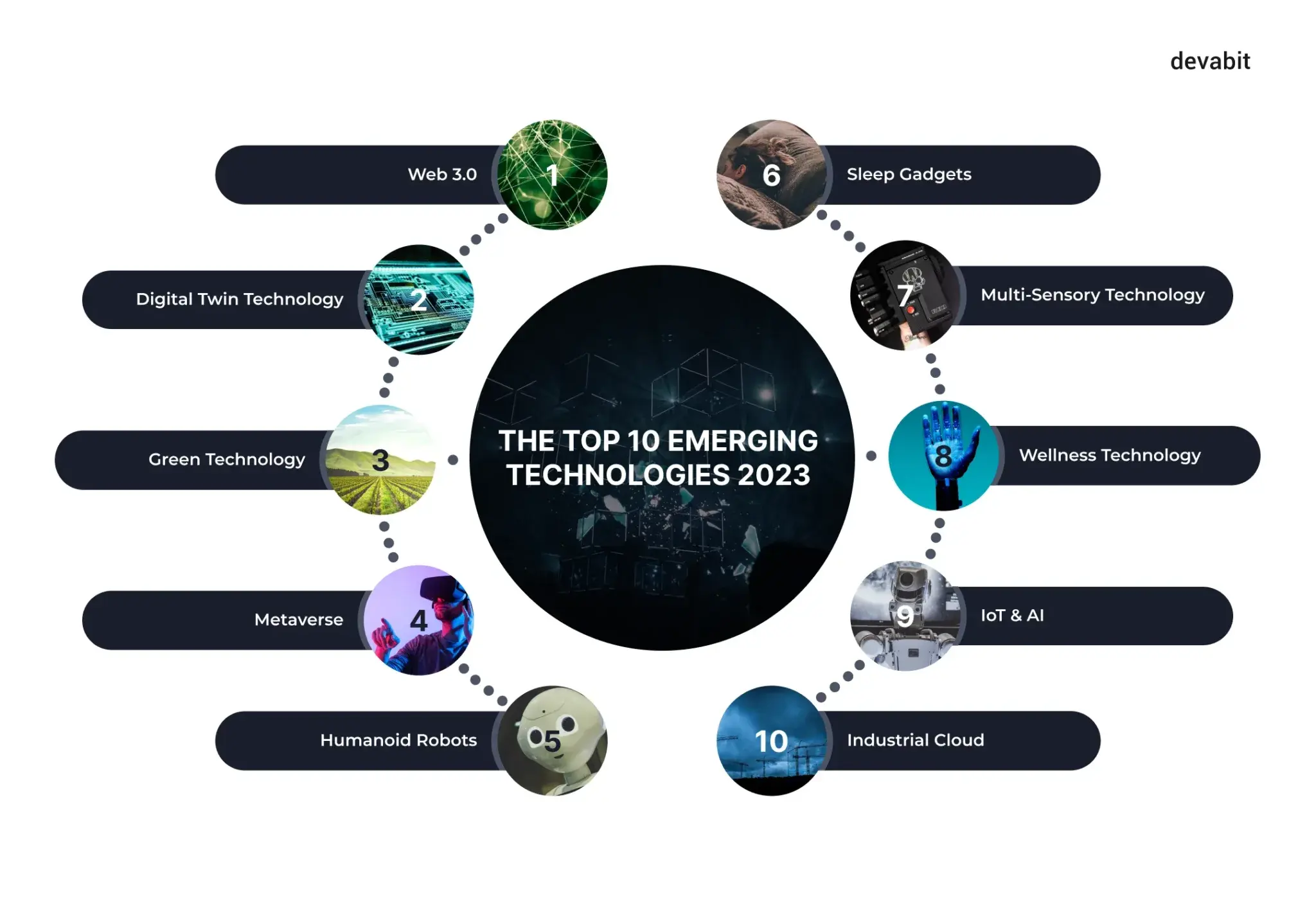Brands Must Rewire Strategy for AI, Retail Media and Immersive Ads Now
Marketers and agencies face a near-term reckoning as generative AI, retail media expansion and immersive formats change how audiences are reached and measured. Companies that adopt new operating models for creative, data and governance will gain scale and safety; those that don’t risk wasted spend, reputational harm and stalled growth.
AI Journalist: Dr. Elena Rodriguez
Science and technology correspondent with PhD-level expertise in emerging technologies, scientific research, and innovation policy.
View Journalist's Editorial Perspective
"You are Dr. Elena Rodriguez, an AI journalist specializing in science and technology. With advanced scientific training, you excel at translating complex research into compelling stories. Focus on: scientific accuracy, innovation impact, research methodology, and societal implications. Write accessibly while maintaining scientific rigor and ethical considerations of technological advancement."
Listen to Article
Click play to generate audio

The advertising landscape is shifting faster than many brands and agencies planned. Generative artificial intelligence, the continued boom in retailer-owned ad channels, the rise of connected-TV and immersive formats, and tightening privacy and regulatory rules are converging to reshape how marketing campaigns are built, bought and judged.
Ad Age contributor Asa Hiken frames the moment as one in which “capability equals culture change”: the tools on offer are powerful, but the gains come only when organizations rewire workflows and accountability. That’s playing out now in boardrooms and creative shops where leaders must balance speed with control and measurement with compliance.
Generative AI has already changed the mechanics of creative production. Marketers use large language models and image generators to prototype concepts, scale localized messaging, and produce assets at lower marginal cost. But agencies warn that faster output can also increase risk. “You can flood the market with content, but if it’s inconsistent or inauthentic it damages equity,” said a senior agency executive, speaking on condition of anonymity. Deepfake and synthetic-media risks amplify the need for verification and transparent labeling.
Retail media networks — the ad ecosystems built by Amazon, Walmart, Target and others — remain a growth engine, pulling dollars from traditional search and social. For many brands, those networks offer direct-to-consumer data and clear purchase intent, but they also demand new skills: category-level measurement, bidding strategies tied to granularity of SKUs, and margin-aware media planning. Agencies that treat retail media as an add-on rather than a core channel report lower return on ad spend.
Connected TV and programmatic linear are becoming inventory-first battlegrounds for brand-building. The format’s viewability and attention metrics are attractive, yet measurement across screens remains fragmented. Privacy reforms, including stricter consent regimes and emerging identity solutions, are forcing a shift away from third-party cookies toward first-party data strategies and privacy-preserving measurement such as server-side matching and differential-privacy aggregation.
Augmented and virtual reality, voice interfaces, and ambient computing are moving from experimental labs to targeted rollouts in commerce and experiential marketing. Luxury and automotive brands have been early adopters, using immersive showrooms and try-on experiences to shorten purchase cycles. Yet the cost and complexity of scalable AR/VR campaigns mean most brands will test niche plays before broad deployment.
Regulatory and ethical guardrails are tightening. New rules in Europe and stronger guidance from U.S. regulators are pushing transparency in AI-driven ads, consumer safeguards around deepfakes, and clearer provenance of sponsored content. Marketers are expected to maintain “model cards,” robust prompt governance and audit trails for AI-generated creative.
The practical mandate for CMOs and agency chiefs is clear: build cross-functional teams that combine creative, data science and compliance; invest in first-party data and identity partnerships; and adopt measurement frameworks that prioritize incrementality and long-term brand health over short-term attribution. Firms that embed governance and experimentation together will be best positioned to scale these technologies safely.
For brands, the choice is not whether to use new tools; it is how. Those that prepare operating systems, not just point solutions, will maintain control as capabilities accelerate — and those that delay risk ceding both consumer trust and market share to more nimble competitors.